Great Planes Twinstar EP ARF
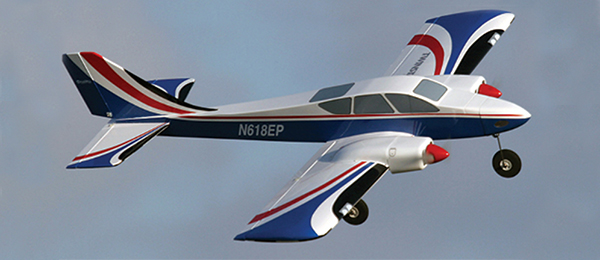
Written by Tom Sullivan A nice-performing twin-powered sport model Abridged product review Photos by the author Read the full product review in the May 2016 issue of Model Aviation.
Specifications
Model type: Sport ARF Skill level: Intermediate Wingspan: 47.5 inches Wing area: 392 square inches Airfoil: Semisymmetrical Length: 42.5 inches Weight: 4 to 4.25 pounds recommended Power system: Two RimFire .10 brushless motors; two 25-amp brushless ESCs; 3S 3,800 mAh LiPo battery Radio: Minimum four-channel transmitter and receiver; four micro servos Street price: $139.98Test-model Details
Radio system: Tactic TTX850 transmitter; Tactic TR625 receiver; four S3115 Futaba servos; two Futaba Y harnesses; and two 12-inch servo extensions Power system used: Two RimFire .10 brushless motors; two 25-amp brushless ESCs; 3S 3,800 mAh LiPo battery Flying weight: 3.75 pounds Flight duration: 6 to 10 minutesPluses
• Laser-cut balsa and plywood used for construction. • Includes all control hardware, wheels, and fiberglass wheel pants and cowl. • Airframe comes precovered with MonoKote iron-on film. • Vacuum-formed nose is painted to match the covering. • Firewalls are predrilled for the RimFire motors and include preinstalled T-nuts. • The front “cockpit” area is a removable hatch held in place with magnets, allowing quick access to swap out battery packs. • It can go from the box to ready-to-fly in roughly 5 hours.Minus
• The design limits the physical size of batteries that can be used. I’ve outlined a quick, easy modification that forgoes this limit.Abridged Product Review
I think all of us need that go-to airplane—something that is small enough to throw in a car and doesn’t require much support equipment, yet is big enough to have fun with. I’m reviewing a model that might fill that spot for many of us. It is of one the newest offerings from Great Planes: the Twinstar EP. This aircraft is a smaller, electric-powered design with tricycle gear and twin motors mounted outboard on each wing. If I’ve caught your attention so far, trust me; it gets better as we go. Let’s dive in. My reviews start by opening and inspecting all of the parts as I arrange them for pictures. A few things caught my eye. With the exception of the two nacelles and the nose cone, the entire airframe is assembled from laser-cut balsa and plywood, making it lightweight, but strong. All of the airframe pieces are precovered with MonoKote in a blue and white color scheme, with red and black trim.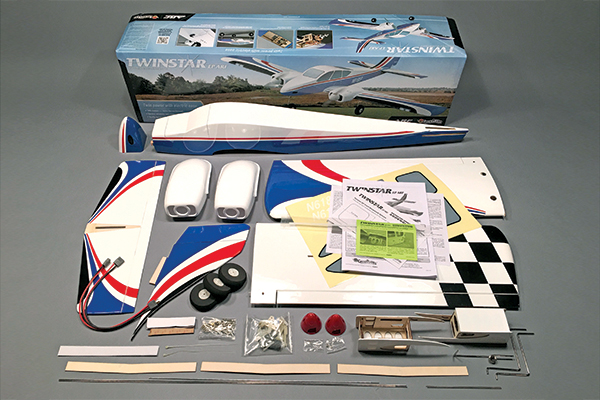
The Twinstar EP ARF is built up from balsa and plywood construction. It comes with a complete hardware set, including wheels, control hardware, and three plastic spinners.
The nacelles and the nose cone are vacuum-formed plastic. The nose cone’s walls felt thin, so I made a note to be careful not to dent it during assembly. A 24-page printed manual is included, along with a couple of addendums. These addendums cover the nose gear steering pushrod and the application of the windscreen stickers. A large sheet of self-adhesive stickers is included, giving the Twinstar the look of cockpit windows, and some fake N-numbers for a realistic appearance. Rounding out the parts count is a complete hardware kit, including the wheels, pushrods, clevises, hook-and-loop straps, and two red plastic spinners. One thing I didn’t expect was the inclusion of a Y harness for the power system.
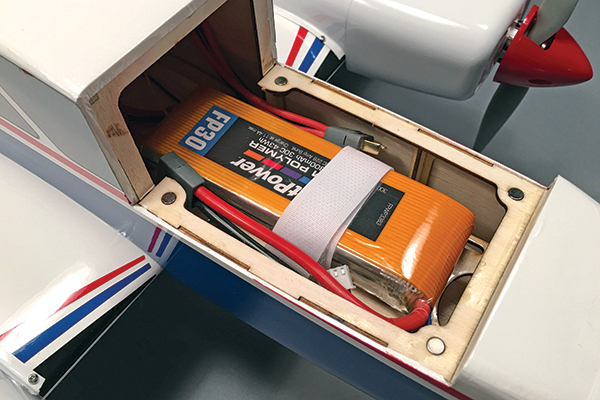
To access the battery compartment, the front cabin area doubles as a hatch. It’s securely held with four magnets.
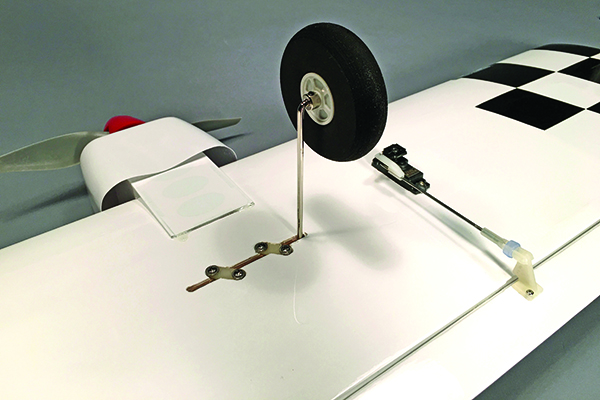
This shot of the underside of the wing shows the aileron servo installation as well as the main gear installed. All of the hardware you see is included in the box and installs in minutes.
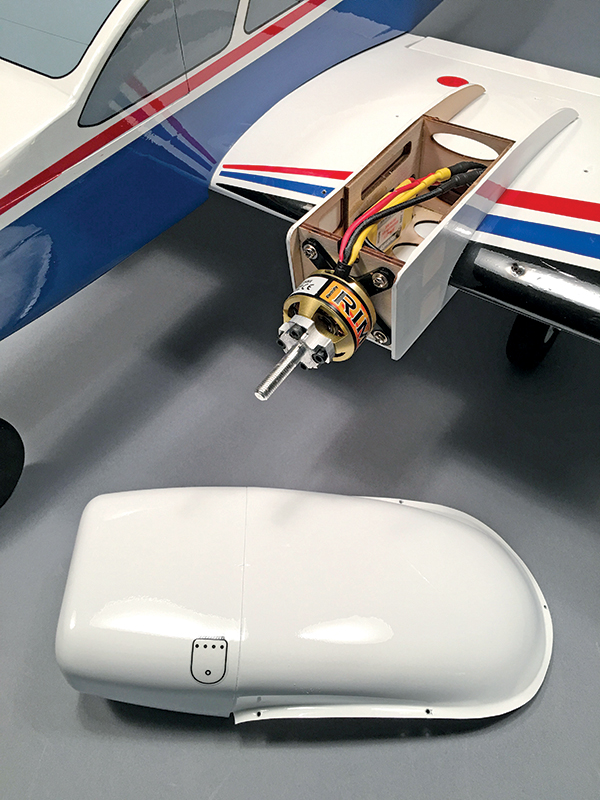










1 comments
prop rotation...to counteract torque ?
Add new comment